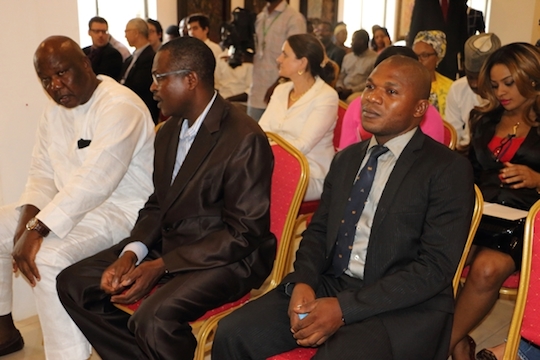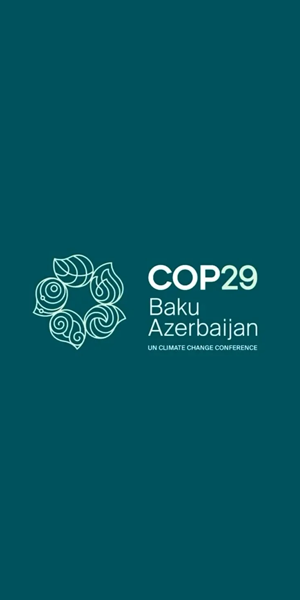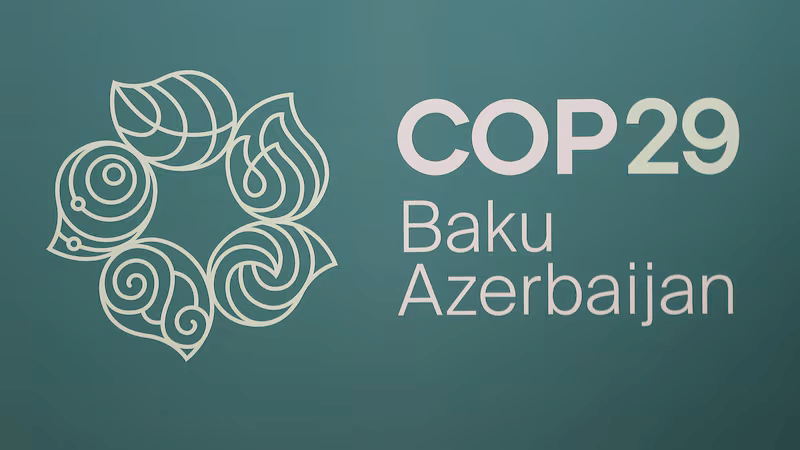
By Nnimmo Bassey
Arriving any city by air always provides a rough picture of what to expect in the ground. That is if you do not mind making an aerial survey as the plane heads down to land. And, if the weather is clear you can ascertain of the traffic pattern and if at night you may even see what parts of the city have power supply problems or if the city has streetlights and if the roads are paved and formally laid out.
As seat belt signs lit up and the cabin crew made final checks before arrival I could not resist the urge to do an aerial survey of Ouagadougou. I tried to make out the residential and business districts as well as the traffic pattern in the city. But beyond those spatial fixations my mind was rapidly overtaken by thoughts on the dreams that were aborted when Thomas Sankara was assassinated on 15 October 1987.
A number of previous plans to visit Burkina Faso failed to work out due to conflicts with other matters. This made touching the soil of the honorable people a specially momentous event for me in April 2015.
The major reason for my visit was to get to Ouahigouya in northern Burkina Faso to meet a man whose work on restoring biodiversity in otherwise barren lands has received much attention and acclaim. My task was to meet and learn from a man who has fought the forces of climate change with bare knuckles and is winning.
Before heading north it was essential to set my eyes on the graves wherein lie the remains of Thomas Sankara and those that were also felled by the assassins’ bullets on that treacherous and infamous day. Understandably, those that benefitted from the death of Sakara did not take any steps to immortalize him.
As great a son of Africa as he was, the idea appears to have been to brush his existence out of memory. So, while Sankara has been celebrated in other countries and has inspired hope of the possibility of revolutionary changes on the continent, one could not find even tiny mementoes in his own land.
A truly man of the people, Sankara’s life was exemplary especially with regard to gender rights, self-reliance and dignity of labour. After his assassination, his remains and that of other compatriots were buried in a nondescript cemetery in the Dagnoen part of Ouagadougou.
With the help of a guide we made our way to the cemetery. As we went thoughts of touching the cold slab over his grave and taking photos that would enable me take away memories of the visit loomed large in my mind. In the past one has been privileged to visit, touch and have photos taken at the graves of Nkrumah of Ghana, Martin Luther King of the USA and Yasser Arafat of Palestine. The resting place of Samora Machel lies in a traffic intersection close to the international airport at Maputo and can be seen by all.
Today, standing by Sankara’s resting place would be an epochal experience. As we approached the cemetery we noticed a military post by the entrance. My guide explained that since the October 2014 popular uprising that led to the fleeing of Blaise Compaore from the presidential seat, soldiers had to be stationed to guard against possible interferences with the graves.
When we arrived, there were three soldiers in the tent. Two were watching while one appeared to be having a siesta on a camp bed. As we approached the tent, one of the officers came out to meet with us. We quickly told him what we were there for. To assure the officer that we meant no harm, my guide showed him a copy of my poetry collection, I Will Not Dance to Your Beat.
Pointing at the drawing of a clenched fist on the cover of the collection, she told the officer that I was a revolutionary poet (how flattering) who had come all the way from Nigeria to pay homage to the great revolutionary son of Africa.
With a smile, the officer told us that the grave was off limits to visitors and that we could not even take photos of the grave – not with or by it. Strict orders. He was gracious enough, however, to allow us into the cemetery. That was splendid. So we walked in. The officer explained that the cluster of graves that were cordoned off with metal rails and ribbons were where Sankara and his comrades were buried.
No photographs. We got up to a point where we could read the names on the headstones of the graves. One grave was alone to the front while twelve others were arrayed behind it. The lone grave at the front bore the names Noel Isidore Thomas Sankara.
The officer announced we could not get any closer than where we stood. He himself was not authorized to get any closer than that to the graves. We paused for moments of silence in honour of this great son of Africa, of these great sons of the soil who were sacrificed in their brilliant youth, as were Patrice Lumumba, Amilcar Cabral and others who dared to toe an alternative path from that of predatory capitalism. We paused. No photographs allowed. But the film in my heart captured this moment in a manner that cannot be deleted.
Two of the graves behind Sankara’s bore the name Sawadogo. That struck a chord immediately because the farmer I was billed to meet in Ouahigouya is also a Sawadogo. One of the first persons we met at the Ministry of Environment and Sustainable Development at Ouahigouya was the new director of forestry. Guess who she is? It was exciting moment for us to find out that she is from the larger Sankara family. Dressed in military fatigues, I could not but notice how jauntily her beret sat in her head. Just like how that Thomas Sankara’s use to sit.
Simple things in this land drove home the meaning of its name – the land of honourable people. Two days earlier when I was checking into my hotel in Ouagadougou, I insisted on making cash deposit to cover the room charges since their POS was not functioning. On checking out the receptionist brought out the cash I had deposited. I discovered that the cash had been wrapped up and kept in a notebook. I actually did not need to have made a deposit.
Dishonourable people could just stay in the hotel and walk away without payment since there was no form of security to ensure that bills could not be dodged. That may happen in some Hotels in Nigeria if you were a well-known customer. But here I was a complete stranger to these folks.
At our hotel at Ouahigouya we were told upfront that we could settle our bill on departure the next day. No security. I thought about how many people would simply enjoy the accommodation and hospitality and then walk away – in other countries. Did I mention Nigeria? But then, this is “the country of honourable people” as the name Burkina Faso implies.
One interesting fact that emerged from the visit to Ouahigouya and environs was that most of the farmers engaged in using local knowledge systems to create forests in this Sahel environment all took to farming from the 1970s. At that time the region was largely a dust bowl wracked by droughts. Some of them had previously been immigrant traders in Côte d’Ivoire, Guinea or Mali. They returned to Burkina Faso with determination to work the land and were driven by stubborn optimism and hope. They tackled the barren soils using the zai techniques of soil regeneration.
One of such farmers, Mr Kindo, got involved in a motor accident on the way back to Burkina Faso and lost an arm in the incident. Losing an arm did not stop him from being a successful farmer with local knowledge and a hoe and machete as his major tools. His 11 hectares farm produces enough to cater for his family’s food needs and leaves a surplus for sale.
The method of soil reclamation is hinged on trapping scarce water, nutrients and seeds in the soil. How do they achieve this? Through zai holes, organic fertilizer and stone ridges. Keeping animals and attracting birds in their farms ensure that droppings from the animals enrich the soil and that seeds are also dropped by the animals and by the birds.
With low financial costs and with intense commitment to working with nature, these farmers reap good harvests and soils that would otherwise have gone barren are now teeming with life. In fact, some of their forests, like that of Mr Yacouba Sawadogo whom I had gone to seek out, are considered too thick or tightly packed with trees for an ecosystem in the Sahel.
The zai farmers are connected in a continually expanding association through which they share seeds, ideas. Contrary to what happens in other west African communities where trees are slashed and burned as part of land preparation for farming, in Ouahigouya the farmers plant trees, nurture them and cultivate their crops alongside the trees. Some of them insisted they do not cut down trees, except dead ones.
Seeing the results of the agricultural practices of these farmers and considering that they have shared these ideas beyond Burkina Faso and particularly with farmers in Niger Republic, it became clear to me why southern Niger is greener than northern Nigeria where millions of Naira is spent in annual tree planting exercises to little result.
The farmers in the Burkina Faso and Niger Republic Sahel are fighting climate change and showing the possibilities of what can be scaled-up and replicated elsewhere in this epic battle.












